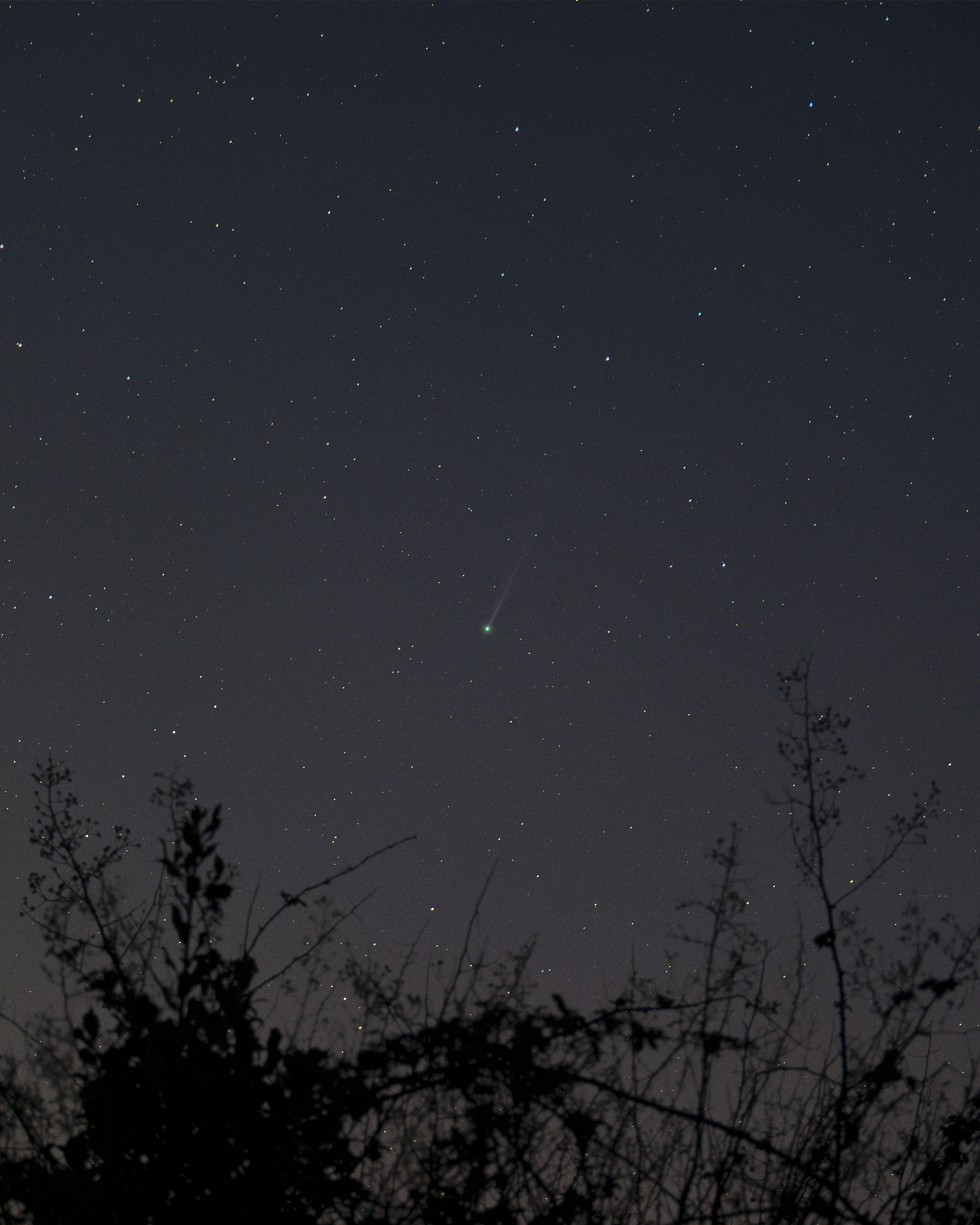
The newly discovered comet, now designated Comet C/2025 F2 (SWAN) is making a striking debut in the early morning skies — and astrophotographer Josh Dury had front-row seats to capture it this morning.
"Amazing to witness such a newly discovered comet just several hours after its official designation," Dury told Space.com.
Dury captured Comet C/2025 F2 (SWAN) soaring over the Mendip Hills, an Area of Outstanding Natural Beauty (AONB), Somerset, U.K. at approximately 4:50 a.m. local time.
Sony A7S II
Sigma 150-600mm sport at 369mm focal length
"Comets are a great celestial attraction — as these are opportunities to capture dirty snowballs; the oldest objects from the far edges of our solar system," Dury told Space.com. "Each takes on unique characters of their own in appearance and color, providing signals from the early formation of our place in the universe."
Related: New comet SWAN25F is turning heads — and telescopes — toward the morning sky
The comet was discovered in late March by Australian amateur astronomer Michael Mattiazzo, using imagery from the SWAN instrument aboard the sun-watching SOHO spacecraft, which maps hydrogen in the solar wind.
Enough observational data has now been collected and the discovery confirmed by the International Astronomical Union's Minor Planet Center, it is now designated Comet C/2025 F2 (SWAN).
If you're hoping to catch a glimpse of the comet yourself, you'll need to act quickly. It will remain visible until around April 14, after which it moves into the constellation Andromeda and becomes lost in the twilight as it approaches the sun.
The comet reaches perihelion — its closest point to the sun — on May 1, after which it will become visible from the southern hemisphere. "With weather and moon prospects, this was our best chance to observe from the UK," Dury said.







